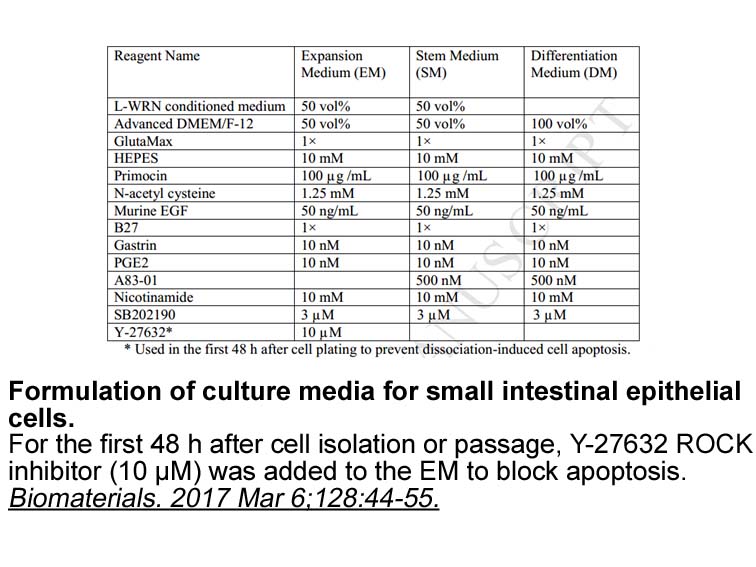Archives
Our previous study revealed expression of AhR in human parot
Our previous study revealed expression of AhR in human parotid gland in cytoplasm of striated duct Paxilline (Drozdzik, Kowalczyk, Urasińska, & Kurzawski, 2013). In a further study we observed regulation of AhR expression and function by its specific inducer, i.e. 2,3,7,8-tetrachlorodibenzo-p-dioxin (TCDD) in rat parotid gland (Drozdzik, Wajda, Łapczuk, & Laszczynska, 2014). The AhR expression in human parotid gland as well as its response to ligands suggest its role in the physiology and pathology of the gland. However, there is no information on AhR role (expression, regulation) in pleomorphic adenoma in parotid gland. The aforementioned findings suggesting AhR involvement in tumorigenesis focused our present study on evaluation of AhR involvement in pleomorphic adenoma pathology.
Materials and methods
Results
Expression of AhR was observed in human parotid salivary gland and pleomorphic adenoma tissue, both at mRNA and protein level (evaluated by immunohistochemistry). In parotid gland AhR was expressed mainly in duct cells, especially in the cytoplasm. Nuclear expression was scarcely seen duct cells. The serous cells were mostly negative for AhR expression (Table 1 and Fig. 2). In pleomorphic adenoma both myoepithelial/epithelial cells as well as mesenchymal cells demonstrated AhR expression, both in cytoplasm and nucleus (Table 1 and Fig. 2). Quantitative expression analysis at mRNA level showed significantly higher expression of AHR, ARNT and CYP1B1, and comparable levels of CYP1A1 in pleomorphic adenoma tissue in comparison to healthy parotid gland (Fig. 1). For AHR, in 50% of tumors (n=7) mRNA level was elevated (>90th percentile of values obtained in control samples), while it was comparable to normal tissue in the remaining tumors (between 10th and 90th percentile for the control samples). In the case of ARNT, 43% of tumors showed gene overexpression (n=6), and only 14% (n=2) in the case of CYP1A1 (respectively, in 58% and 86% of tumor samples AHR and CYP1A1 gene expression was comparable to the control tissues). For CYP1B1, gene overexpression was observed in 79% of tumors (n=11), 7% (n=1) showed mRNA levels similar to normal tissue and 14% of tumors (n=2) presented decreased gene expression, compared to normal tissue (below 10th percentile for control samples). Expressions of AHRR in both pleomorphic adenoma and healthy parotid gland were below quantification limit (Fig. 1).
The HSY cell study revealed an effect of specific AhR inducer, i.e. TCDD. Significantly higher expression level of AHRR was ob served in HSY as compared with MCF-7 cells. Upon TCDD stimulation a drop in AHRR
served in HSY as compared with MCF-7 cells. Upon TCDD stimulation a drop in AHRR  level in HSY cells and an increase in MCF-7 cells were observed. The expression of AHR and ARNT did not differentiated HSY and MCF-7 cells, and were not changed significantly under TCDD treatment (Fig. 3).
The effects of TCDD on HSY and MCF-7 cell proliferation/viability did not reveal an impact of the dioxin on the studied parameters (using WST-1 test). Mitochondrial activity of HSY cells after 24h and 48h from initiation of TCDD treatment did not differ statistically from cells incubated with vehiculum-DMSO (the control), and yielded 110% and 101% at the respective time points. Likewise, no statistically significant changes in the number/viability of MCF-7 cells under TCDD induction were observed. The number of cells treated with TCDD vs. the controls at 24h and 48h was as follows: 109% and 120%, respectively (Fig. 4).
level in HSY cells and an increase in MCF-7 cells were observed. The expression of AHR and ARNT did not differentiated HSY and MCF-7 cells, and were not changed significantly under TCDD treatment (Fig. 3).
The effects of TCDD on HSY and MCF-7 cell proliferation/viability did not reveal an impact of the dioxin on the studied parameters (using WST-1 test). Mitochondrial activity of HSY cells after 24h and 48h from initiation of TCDD treatment did not differ statistically from cells incubated with vehiculum-DMSO (the control), and yielded 110% and 101% at the respective time points. Likewise, no statistically significant changes in the number/viability of MCF-7 cells under TCDD induction were observed. The number of cells treated with TCDD vs. the controls at 24h and 48h was as follows: 109% and 120%, respectively (Fig. 4).
Discussion
The pathology of pleomorphic adenoma is not well defined. It is accepted that the tumor originates from stem cells or a reserve cells of intercalated ducts with further epithelial and mesenchymal cell differentiation. This pool of stem cell or a reserve cell population is a reservoir of cells to maintain morphological and functional integrity or may give an origin for neoplasia. The semipleuripotential bicellular hypothesis for tumor induction explains morphological diversity observed in pleomorphic adenoma (Batsakis et al., 1992). However, the trigger mechanisms and other factors implicated in the tumor progression and development still require definition.